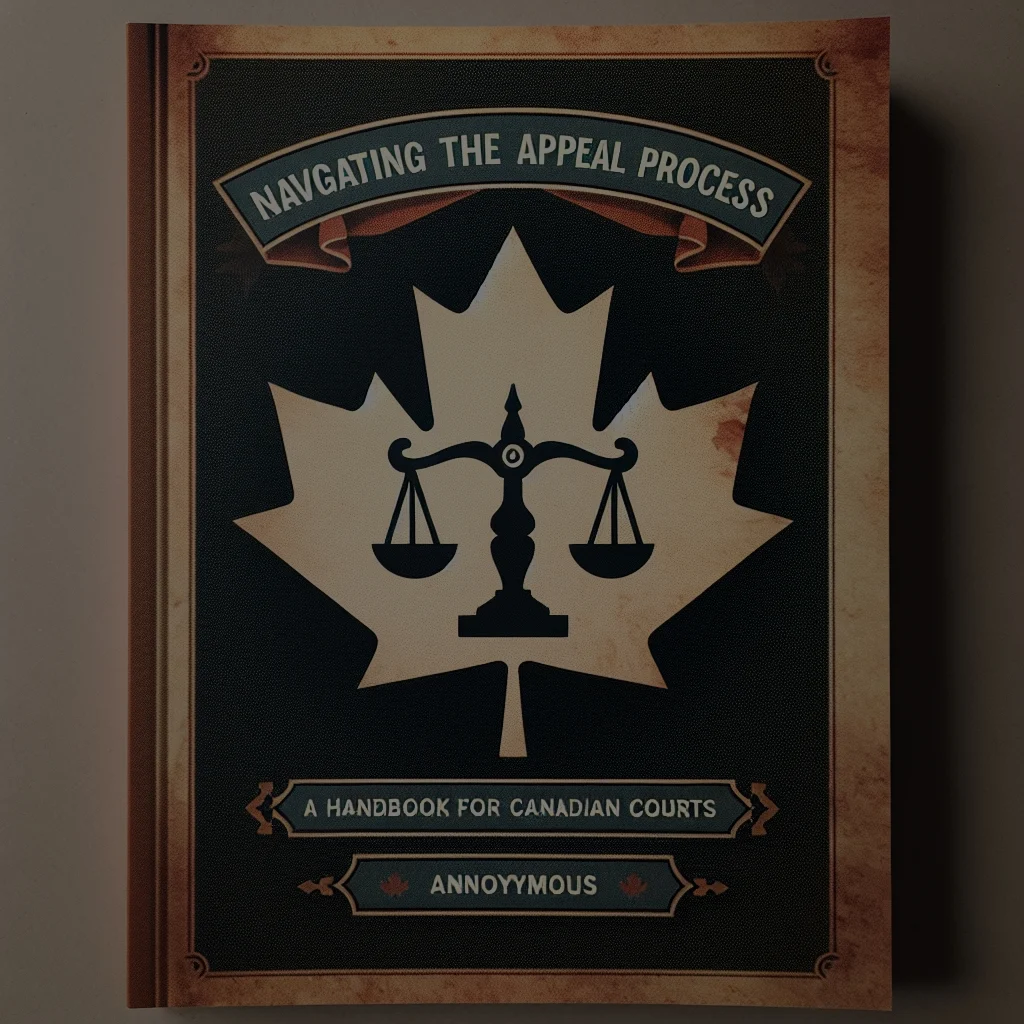In Canada, the process of obtaining a restraining order is a critical legal avenue for individuals seeking protection from harassment, threats, or violence. Restraining orders serve as a legal barrier that restricts an individual from coming into contact with or approaching another person. The legal framework surrounding restraining orders can be complex, and understanding the intricacies involved is essential for those navigating this often distressing situation. This article provides a comprehensive overview of restraining orders in Canada, detailing the application process, what to expect in court, and resources available for ongoing support.
Understanding Restraining Orders: A Legal Overview in Canada
Restraining orders in Canada are judicial orders that protect individuals from harassment, stalking, or physical harm. They are typically issued by a court and can limit or entirely prevent contact between the applicant and the respondent, who is the person the order is against. The legal framework for restraining orders varies by province, with each having specific laws guiding the issuance and enforcement of these orders. In general, a restraining order can be a powerful tool for individuals feeling unsafe in their personal lives.
In Canada, there are different types of restraining orders, including peace bonds and civil restraining orders. A peace bond is a criminal law provision that can be obtained when there is a reasonable fear of imminent harm. It can require the respondent to keep a certain distance from the applicant and can last up to a year. Civil restraining orders, on the other hand, are sought in civil court and may have longer durations. Understanding the differences between these types of orders is crucial in determining the appropriate legal recourse.
The process of obtaining a restraining order emphasizes the need for evidence. Applicants must demonstrate a legitimate fear of harm and provide specific incidents that justify their request. Courts analyze the severity and credibility of the threat when deciding whether to grant an order. Thus, having documented instances of harassment or threats can significantly strengthen an applicant’s case in court.
Step-by-Step Guide: How to Apply for a Restraining Order
The first step in applying for a restraining order is to gather relevant evidence and documentation. This can include any text messages, emails, photographs, or witness statements that support claims of harassment or threats. The more comprehensive the documentation, the stronger the application will be. It’s also advisable for applicants to keep a detailed record of any incidents that occur, noting dates, times, and descriptions of events.
Once the necessary documentation is collected, the applicant must complete the appropriate forms, which can usually be obtained from the local courthouse or online through provincial government websites. Filling out these forms accurately is essential, as they lay the groundwork for the court’s understanding of the situation. After completing the forms, applicants typically file them with the court and may be required to pay a filing fee, although fee waivers can be available for those in financial need.
After filing, the court will schedule a hearing where both the applicant and the respondent can present their cases. It is crucial for applicants to prepare for this hearing, which may include practicing their testimony and organizing their evidence. In some cases, it may be beneficial to seek legal representation to navigate the complexities of the court system effectively.
Navigating the Court System: What to Expect During Your Hearing
When attending the hearing for a restraining order, it is essential for applicants to be prepared for the courtroom environment. The hearing will typically involve the presence of a judge, both parties, and their legal representatives, if applicable. The applicant will have the opportunity to present their case, detailing the reasons for seeking the restraining order and sharing any evidence gathered. It’s important to remain calm and composed during this process, as emotions can run high in such situations.
The respondent will also have the chance to defend themselves against the claims made. This may include disputing the evidence provided or presenting their own evidence and witnesses. The judge will consider all arguments and evidence before making a decision. Depending on the circumstances, the judge may issue a temporary restraining order immediately, which could remain in effect until a final order is determined at a later date.
Following the hearing, applicants will receive a written decision from the court. If the restraining order is granted, it will outline the specific terms and conditions that the respondent must adhere to. Conversely, if the application is denied, the applicant will receive a detailed explanation of the court’s reasoning. Regardless of the outcome, it is crucial to understand the available options for appeal or further legal recourse if necessary.
Resources and Support: Finding Help After a Restraining Order
Obtaining a restraining order can be an emotionally taxing experience, and individuals may require ongoing support to cope with the aftermath. Various organizations in Canada provide resources for those affected by harassment or violence, including shelters, counseling services, and legal assistance. Local women’s shelters or community organizations often offer vital support and can connect victims with additional resources tailored to individual needs.
Legal aid services may also be available for individuals who cannot afford legal representation. Many provinces have legal aid programs that assist individuals in navigating the legal system, including the process of obtaining a restraining order. These services may provide free or low-cost consultations and representation, which can be invaluable during emotionally charged situations.
Finally, preparing for the emotional impact of obtaining a restraining order is essential. Support groups and counseling can provide safe spaces for individuals to share their experiences and feelings with others who may be facing similar challenges. These resources can empower individuals to reclaim their sense of safety and well-being while navigating the complexities of their situation.
Navigating the process of obtaining a restraining order in Canada is a significant step for individuals seeking protection from harm. Understanding the legal framework, following the correct application procedures, and knowing what to expect in court can help demystify an intimidating process. Moreover, accessing resources and support after obtaining a restraining order is crucial for emotional recovery and personal safety. By arming themselves with knowledge and support, individuals can take decisive steps toward securing their safety and peace of mind.
Navigating the Appeal Process: A Guide for Canadian CourtsUnderstanding Impaired Driving Penalties Across CanadaUnderstanding Your Rights When Arrested in CanadaRelevant LinkRelevant LinkRelevant LinkNavigating the Appeal Process: A Guide for Canadian CourtsUnderstanding Impaired Driving Penalties Across CanadaUnderstanding Your Rights When Arrested in CanadaRelevant LinkRelevant LinkRelevant Link



